Dior is one of the most anticipated shows on the fashion schedule. Since John Galliano left the house in 2011 after his historic fifteen-year tenure as creative director, every Dior show has been the subject of expectation, elation, and scrutiny. The fate of the house in the wake of Galliano’s departure has played a huge part in shaping the fashion industry over the past six years. Its magnitude has been the catalyst for so many designer destinies, and the after-quakes continue. We now have a fashion schedule defined and affected by the Dior designer legacy. It starts in New York with alum Raf Simons, whose brief stint at Dior paved the way for him taking over Calvin Klein this season. Lucie Meier, who served as interim designer for the house after Simons, is rumored to be going to Jil Sander in Milan as of next season, while her old Dior design partner Serge Ruffieux has just been named creative director at Carven in Paris. That fashion week kicks off with Maison Margiela where John Galliano — back on absolute top form — is once again influencing the fashion spectrum immensely. And there’s Bill Gaytten, Galliano’s right-hand man at Dior, who still heads up the LVMH-owned John Galliano brand in this city.
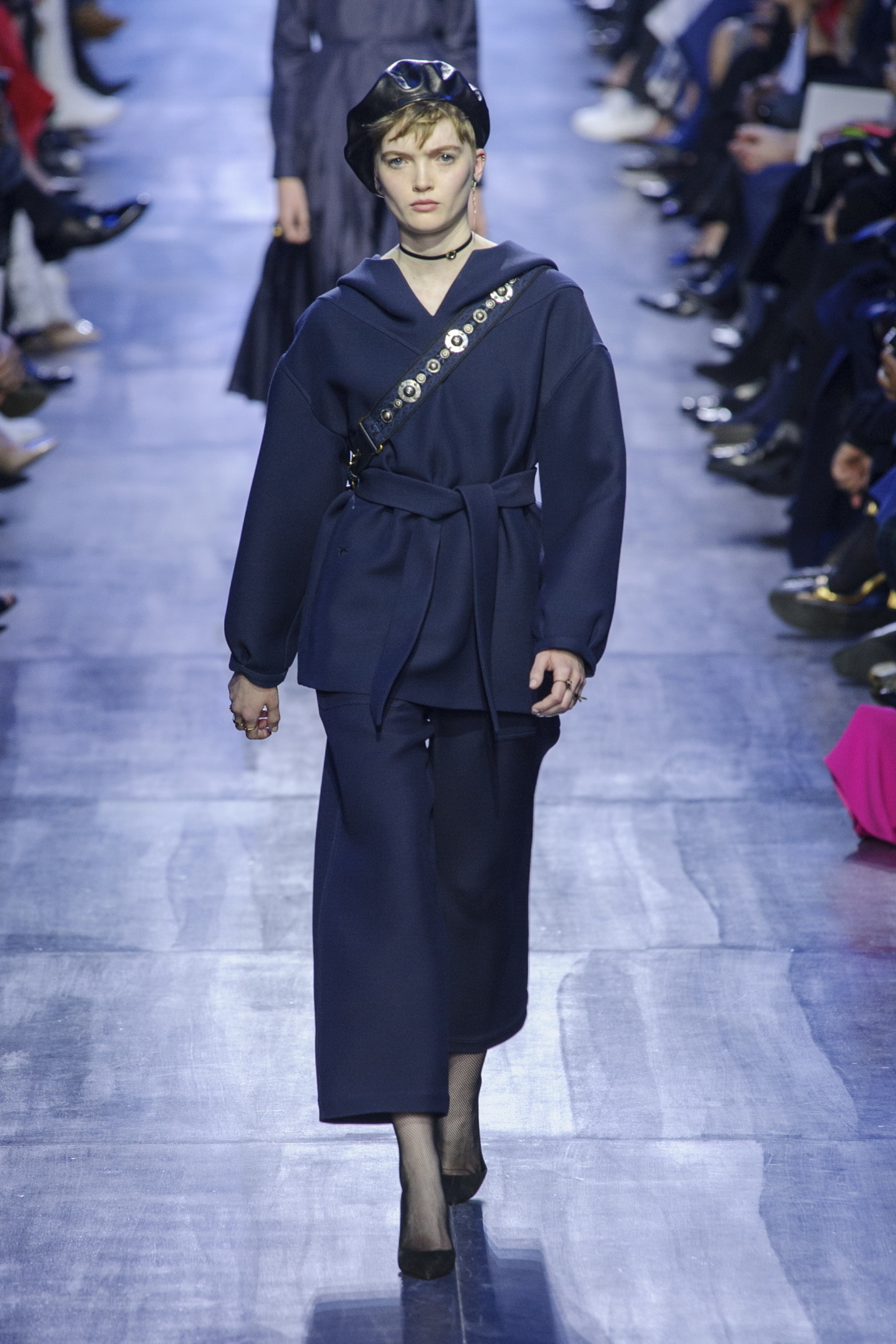
It sounds dramatic, but whatever happens in a Dior show has the power to mold the future of fashion. It’s why, walking out of Maria Grazia Chiuri‘s second ready-to-wear show for the house on Friday afternoon in Paris, every guest you spoke to was so divided in their critique. The ex-Valentino designer has a fantastic character about her. She wasn’t going to go into the Dior job trying to appease anyone or tick boxes. On the contrary, Chiuri is following her heart one hundred percent, turning Dior into equal parts her own aesthetic and what she thinks the house represents. Remember the “We should all be feminists” T-shirt from her first show, a totally unexpected fencing collection that drew more on Hedi Slimane‘s legacy at Dior Homme than the womenswear archive itself? It was a courageous collection, culturally and historically significant — and whether you liked it or not, it was really rather unforgettable. For her sophomore collection, she rolled out the house blues — backed up by a Chromatics cover of “Blue Moon” — and turned Christian Dior’s little Bar jackets and New Look plissé skirts into tech numbers, reimagining them in taffeta that evoked a sense of outdoorsy performance-wear.
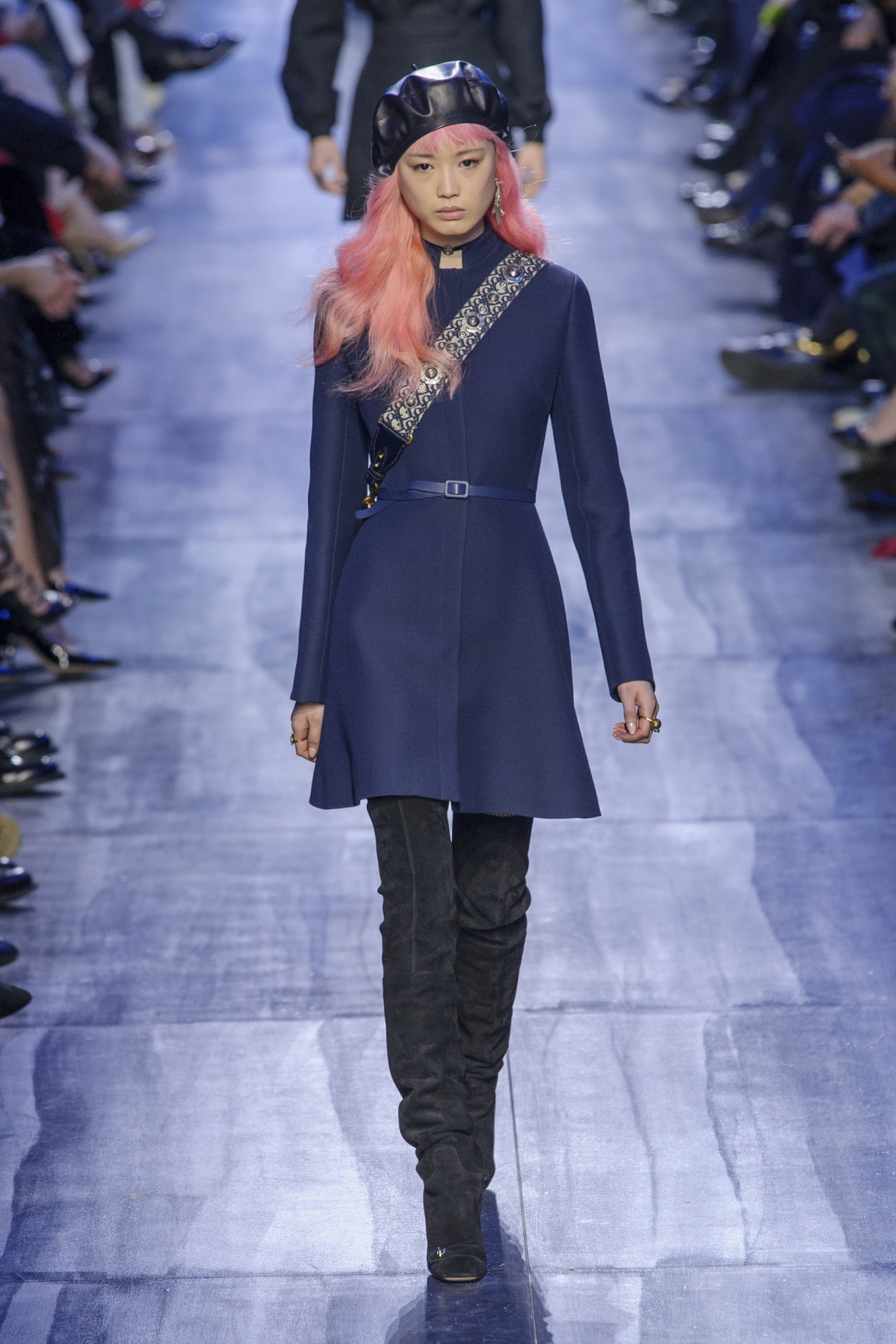
One Bar jacket was given the thick wool treatment and the addition of a big hood. It was styled with the house’s signature skirt in the same wool, but Chiuri cut up the pleats like maxi-frills. Another look came out as a utilitarian trouser suit in denim, but she gave it a sharp stiletto and a leather beret. Then there were the next-generation “Valentino dresses” — those austere long lines, which evoke both Victorian and Renaissance silhouettes — which a lot of us wouldn’t be without in a Chiuri collection, and which easily filter into her Dior aesthetic, too. Her best takes on them were forged in lavish midnight-blue velvet — the stuff of queens, or perhaps little princes, which is the reference that comes to mind in Chiuri’s somewhat androgynous Dior. Her aesthetic holds a fascinating tension between something innately Italian — her roots — and something very Northern European, which also describes her pragmatic, in-charge attitude at Dior. Is there viking blood in Chiuri’s veins? Looking at her first collections for the house, there’s not an inch of insecurity. There’s no doubt who is sailing this ship. And that’s amazing, not just in times when female power is key, but at the house of Dior, whose magnitude makes it so influential.
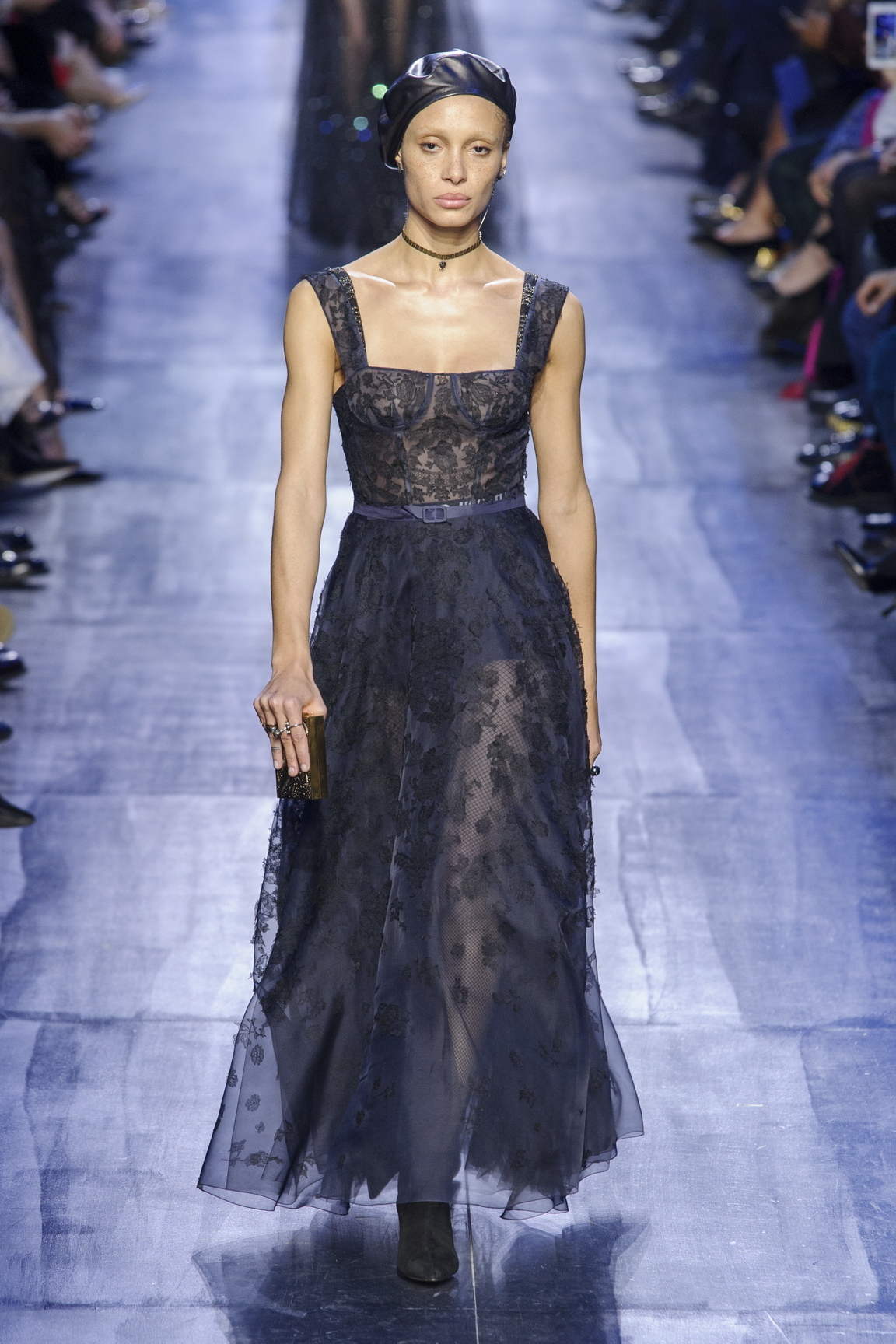
It’s also the reason people have such strong opinions on Maria Grazia Chiuri’s work there, and we owe her a lot for being willing to rock the boat and take the heat. It’s hard to say what people expected from Dior after Simons left. A new Raf? A new John? A subversive young type like Demna Gvasalia? In Chiuri it found a broad appeal, but someone who’s also not afraid to push the boat out. She mirrors our times in her design and straightforward messages, and she does it with a sense of ease and unpretentiousness that’s very democratic. Just look at her haute couture collection this January, which took inspiration from something as childlike as an enchanted forest and just ran with it. It was great because it was something simple executed to perfection, and in this complicated age of fashion that really resonates. Friday’s ready-to-wear collection had the same inclusive character about it. Chiuri’s Dior is for the people, and that approach is an on-point mirror of the time we live in where access is universal and everyone wants to join in. When we look back at her tenure — much like Galliano and Simons and everyone else before her — it’s going to be a representation of fashion and its industry at this moment in time. That’s the power of Dior, and by proxy, the power of Maria Grazia Chiuri.
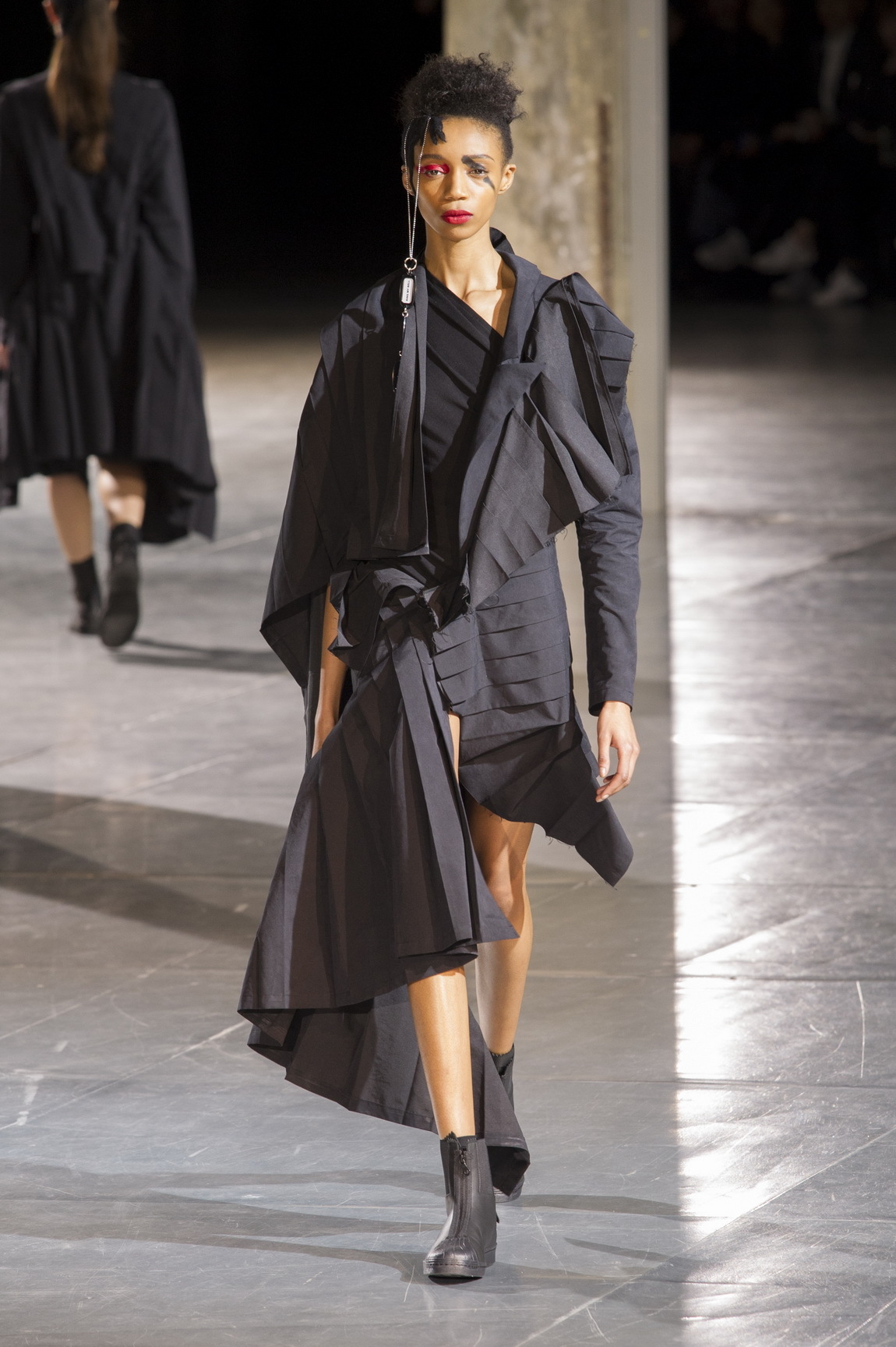
Rather than reflecting the zeitgeist, Yohji Yamamoto actively goes against it. How else would you interpret his show, which seemed to be even more slowed down than usual? He does have a point: everything is too much, too fast, and more than ever before fashion needs to take a chill pill. Yamamoto’s aesthetic is so distinct to him he could show whenever he pleased and still delight his hordes of fans, who wear his uniform of black deconstruction religiously. And yet, he decides to show in the middle of Paris Fashion Week to make that statement: this is also what fashion is, and it’s important to remember. His show on Friday evening was long, but the garments were gorgeous, like gravity-defying black dresses where pleats were turned horizontal, making you wonder how exactly Yamamoto had made them stay in place. Black was the keyword at Loewe, too, where guests were met by a totally blacked-out UNESCO building that needed flashlights to complete the seating process. What emerged from the dark couldn’t have been more different from Chiuri’s tightly themed message later in the afternoon. Jonathan Anderson presented a theatre of dainty dresses, references spanning across centuries and decades.
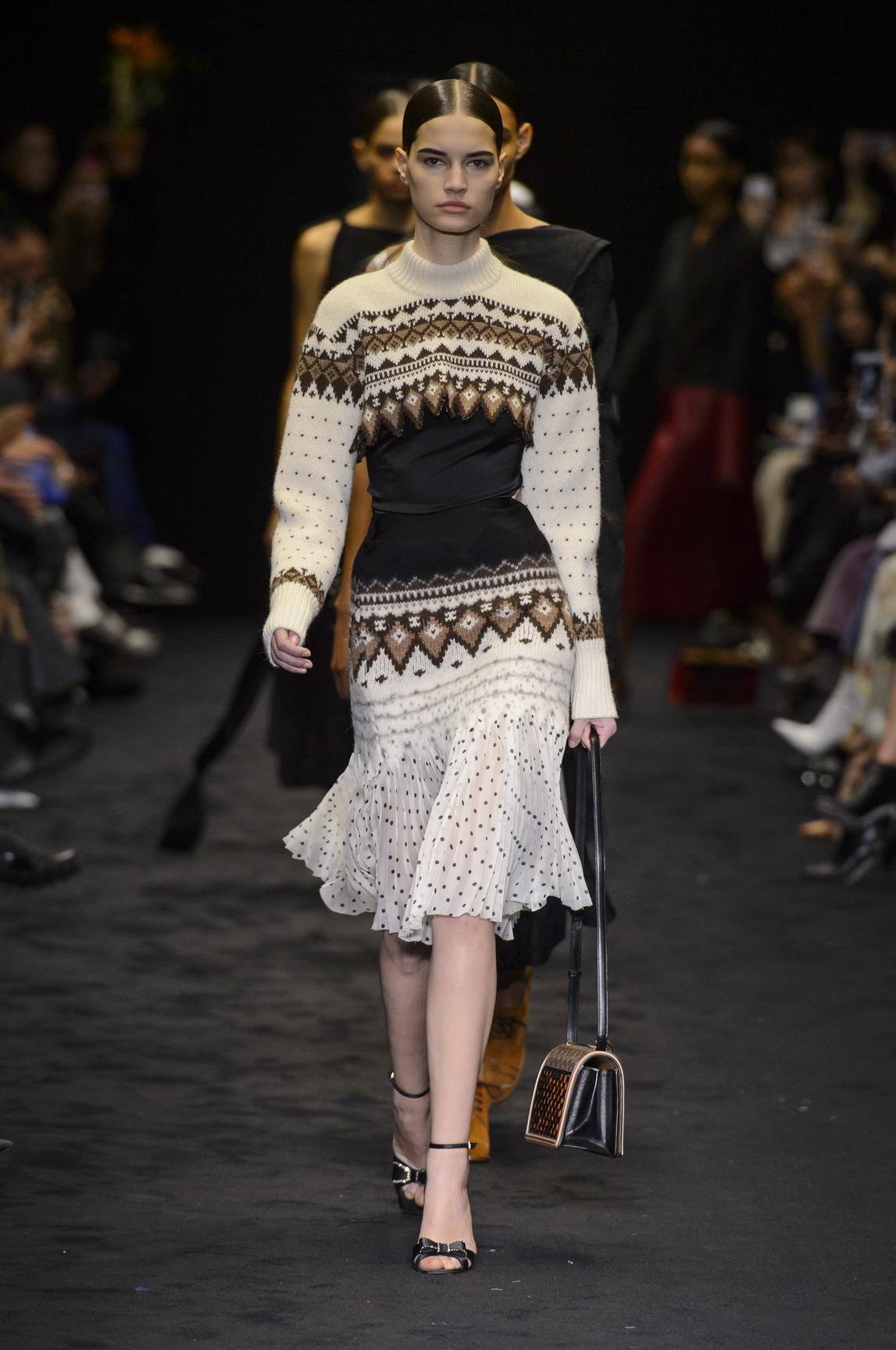
It was a game of tag in the dark: you never knew what was going to come at you. And in that sense, Loewe served as a total contrast to Yamamoto — a reflection of the speed and unpredictability of fashion now, much in the vein of a new-generation, Instagram-fueled brand like Off-White, which showed the night before, and also to Chiuri’s Dior, which aimed to simplify rather than mystify. Fashion’s got room for it all. The future will tell what resonates more strongly.
Read: From New York to London to Milan to Paris, check out all of i-D’s fall/winter 17 show coverage now.
Credits
Text Anders Christian Madsen
Photography Mitchell Sams
